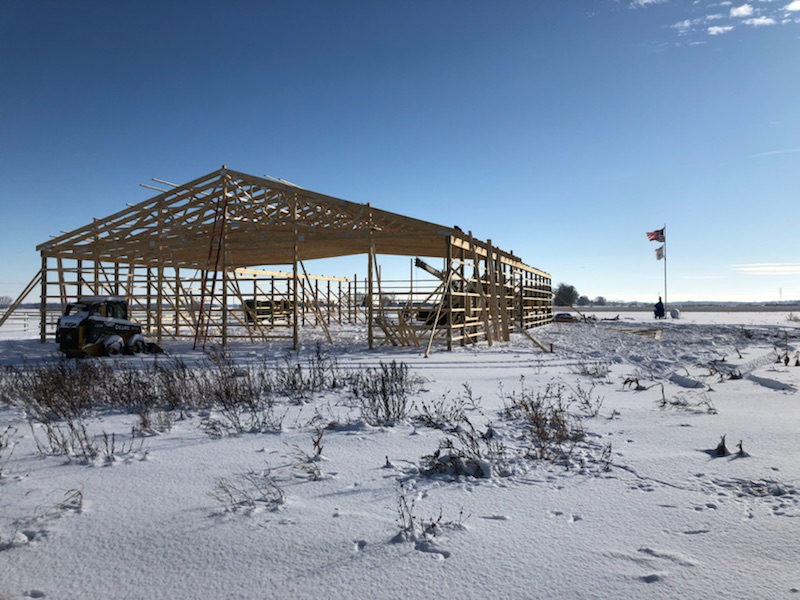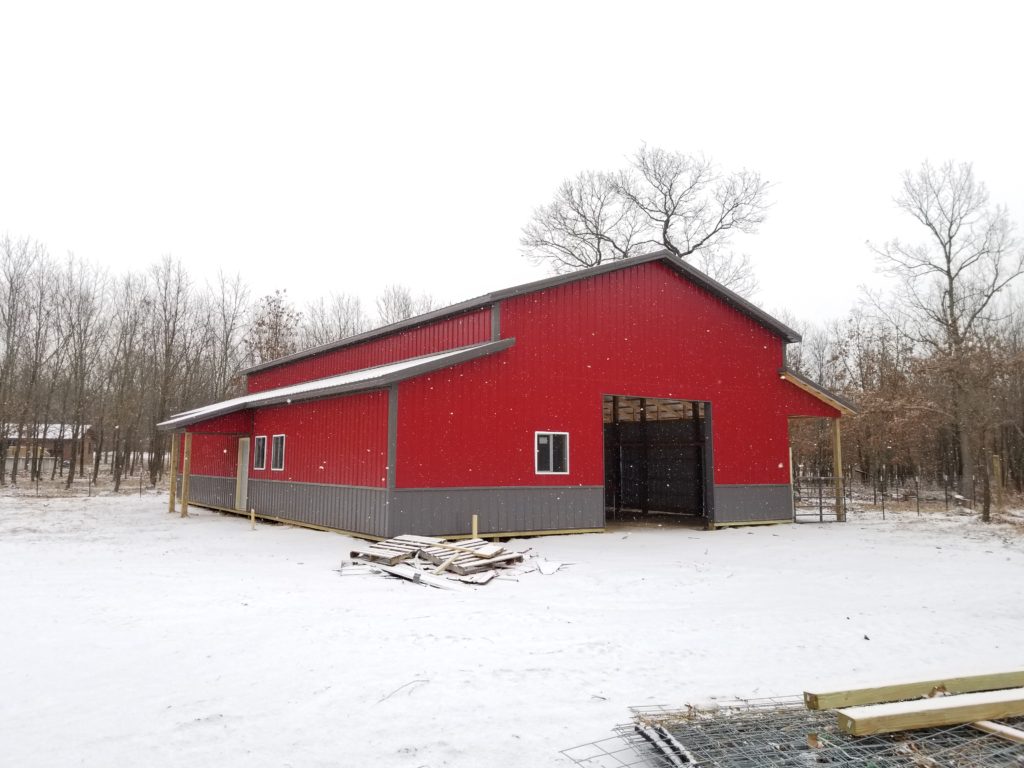
It’s nearly the end of January. The sun has been shining this past week. Don’t let it trick you. Winter is not going anywhere. Temperatures are still frigid. If you are a construction worker, builder, or farmer, there is still work to be done outside.
Here are some ways you can stay warm in the remaining cold days till Spring arrives:

Layer Up
Having three to four layers is the best way to stay warm on the jobsite. Experts recommend a “synthetic, wicking base to pull moisture off skin.” Your first layer must be moisture wicking. Sweating will lead to dampness and loss of body temperature. You’ll want the first layer to be tight fitting leggings and shirt. These base layers can be found in most stores (Walmart, Kohl’s, Cabela’s) in the winter gear section. The second layer should be an insulator, a loose fleece, sweatshirt, or sweater. Depending on how many layers you need, the final layer should be a waterproof and windproof.
No Cotton
Avoid cotton on the skin if you want to stay warm while working. It absorbs the wetness but doesn’t dry leaving skin wet. This means no cotton shirt on your skin or cotton socks on your feet. A cotton layer can be added in between the base layer.
Protect Hands and Feet
Frostbite occurs because the body stops pumping blood to extremities in order to protect the vital organs. Gloves are a necessity when the temperatures drop. Mittens are the best option, but those may not be the most practical on the job site. Hand warmers are great, and there are gloves that have a zippered slot to keep them in place. Wool socks are the warmest and driest. No Cotton on the skin! Two layers of socks will provide dryness and warmth.
Stay Covered
A University of Michigan professor recently debunked the old wives’ tale that 70% of your body heat escapes your head. Now that doesn’t mean you shouldn’t wear a hat while working outside. The more covered skin the better. A scarf, neck warmer, or facemask are additional items to keep any skin from being exposed to the elements. *Keep Chapstick handy to protect lips from cracking or drying.*
Watch for Hypothermia
The average body temperature is 98.6 degree. Hypothermia occurs when the body temperature drops below 95 degrees. An early sign is excessive shivering and severe hypothermia can lead to slurred speech, blurred vision, and unconsciousness.
Drink Up
Staying hydrated is also important because water retains body heat. Be sure the water is in a thermos or insulated container to keep it heated longer.
Eat Up
Double your lunch portion and bring snacks. Your body burns more energy in the colder temperatures. If you’re able, eat something warm for lunch by bringing soup in a thermos. Warm drinks will also help you stay toasty.
Keep Moving
Moving keeps your mind off the cold and increases your naturally produced body heat. Bonus: The faster you work, the faster the job gets done!
It’s important to find the balance of layers that works best for you. Too much sweating is bad. Bring extra socks or layers in case you need them. With the right layers, working out in the winter can be manageable and enjoyable!
